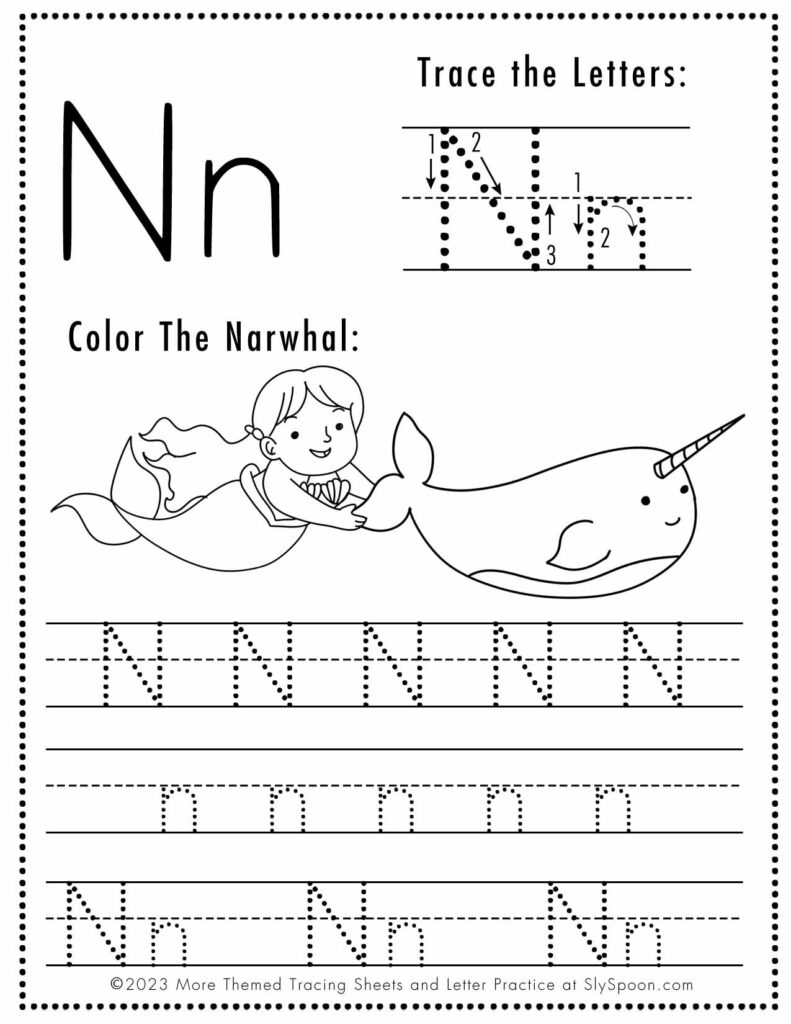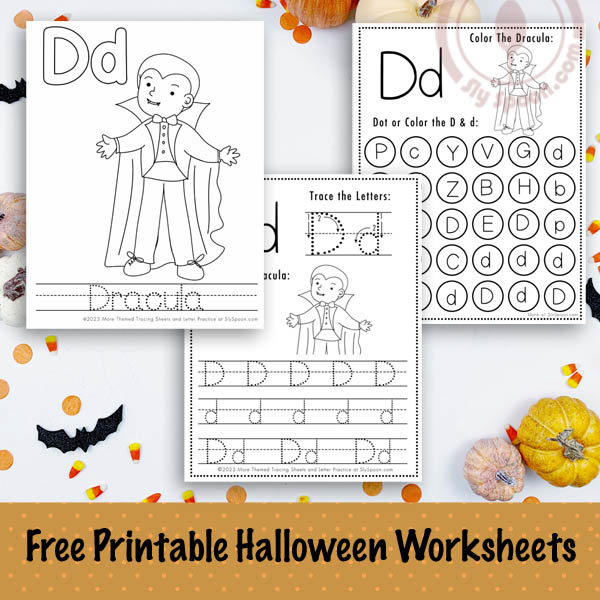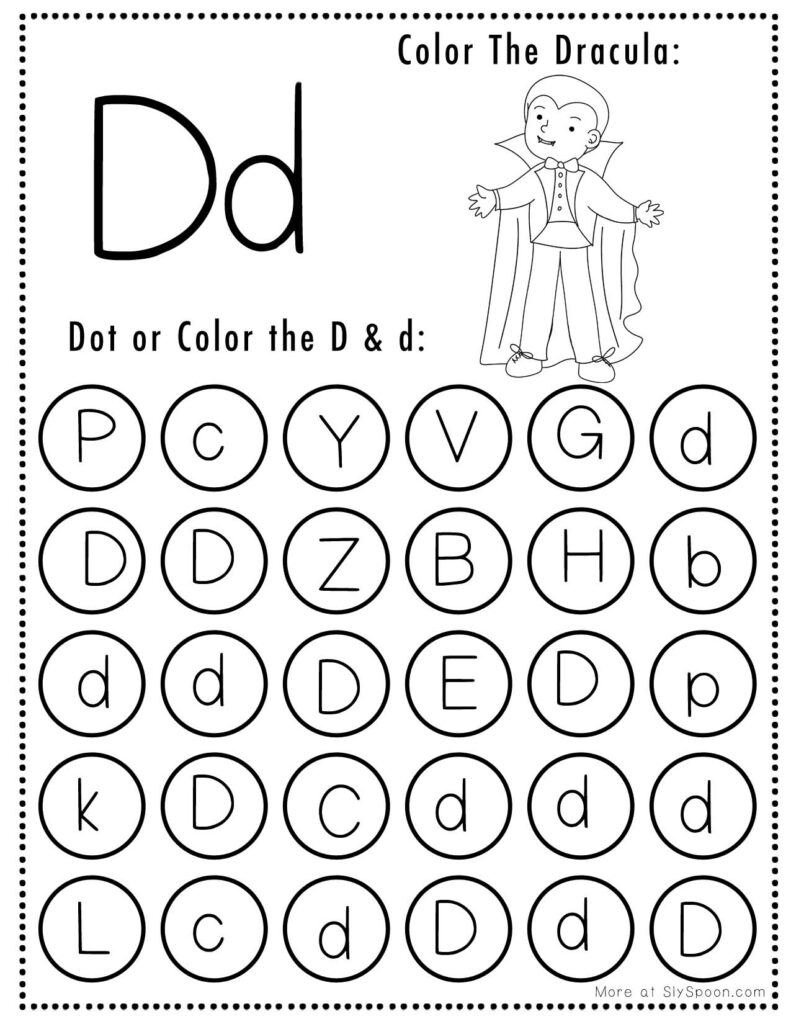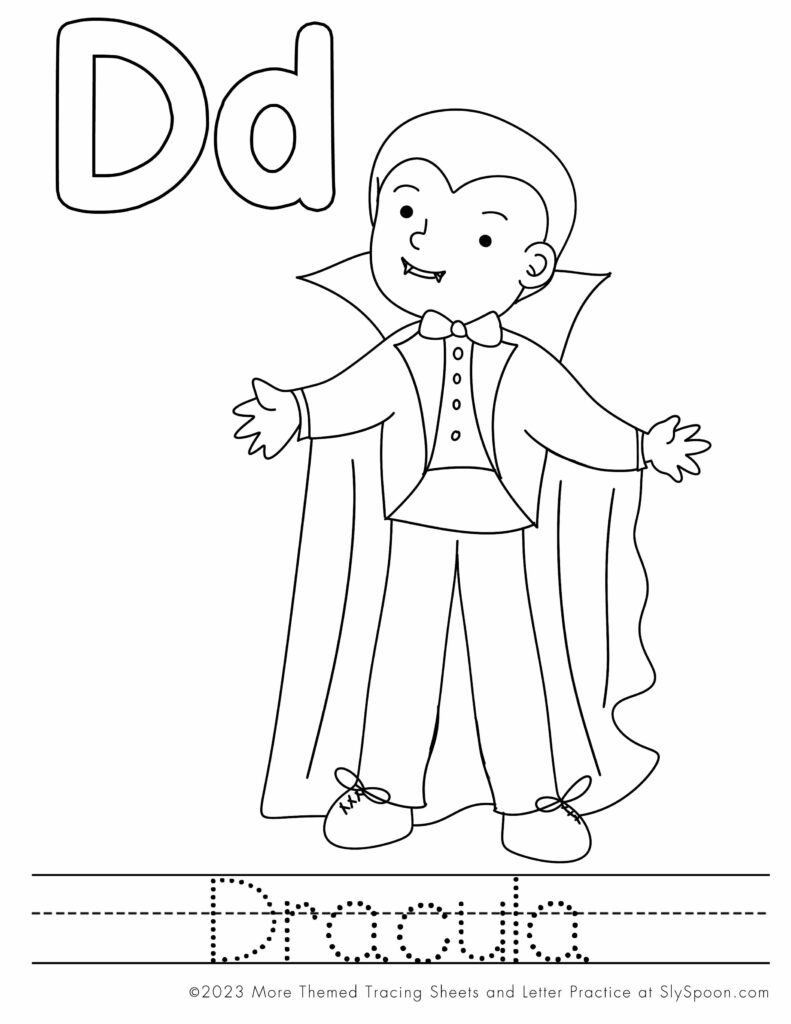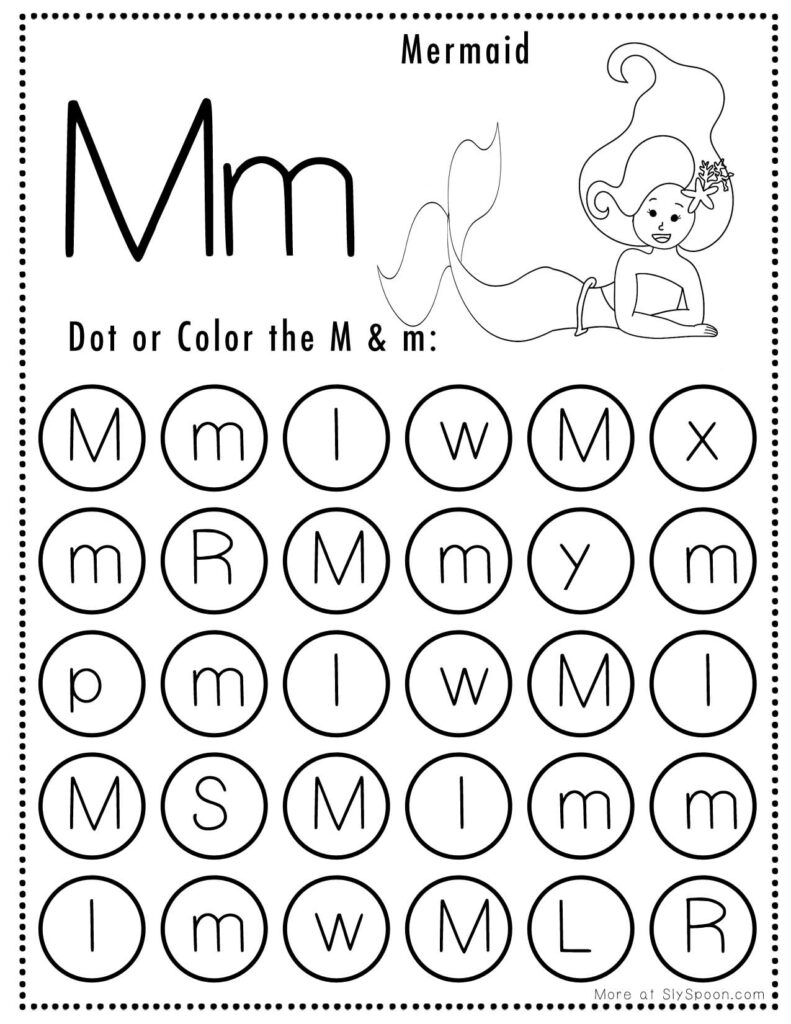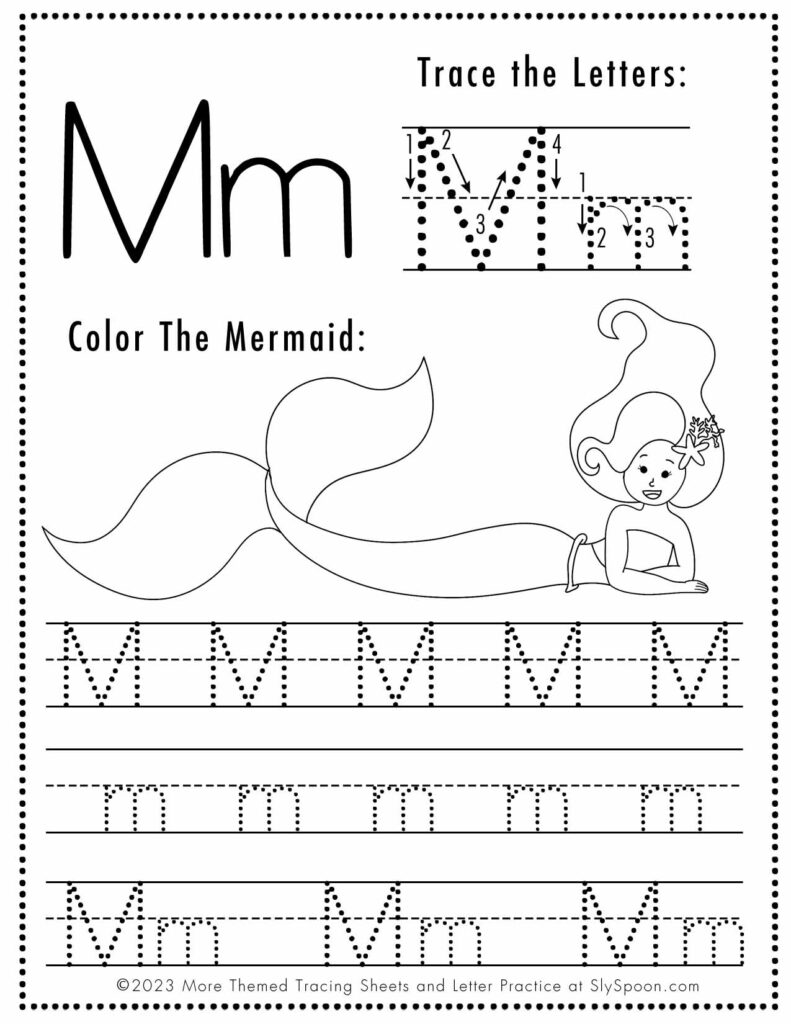Are you looking for a fun and engaging way to teach your little ones about the alphabet? Look no further! My free mermaid-themed Alphabet Letter N Do a Dot Printables Worksheets are here to make learning fun and exciting. With a design that will captivate your preschoolers imagination, the worksheets offer a unique twist to traditional letter recognition exercises. Plus, these free printables are perfect for homeschool, preschool, pre-k and kindergarten learners, and parents, teachers, and homeschoolers alike for teach tracing patterns for both upper case letter N and lower case letter N while keeping children engaged with fun themed pages.
Join My Newsletter to download free bundled A-Z themed tracing worksheets and more available in my freebie vault.
Importance of Do a Dot Worksheets:
Do a Dot worksheets are a fantastic tool for toddlers and preschoolers who are just beginning their journey with letters. They focus on improving fine motor skills, hand-eye coordination, letter recognition for upper and lowercase letters, and concentration all at once. Whether you want to introduce or reinforce the letter “N,” these free downloadable worksheets and printables provide an interactive and enjoyable learning experience for kids.
Mermaid-Themed Learning:
Engaging children in learning can be challenging at times. However, by incorporating a mermaid theme into educational materials, we can grab their attention and make the learning process more enjoyable. Mermaids work well to capture the imaginations of children, and using their enchanting world as a backdrop creates an exciting environment for them to learn and explore.
Benefits of Alphabet Letter N Do a Dot Printables Worksheets:
- Promoting letter recognition: The main objective of these worksheets is to introduce or reinforce the letter “N” to young learners with upper and lower case recognition. The printables feature mermaid-themed imagery where children must dot the letter “N” using their dot markers or any other coloring tools.
- Fine Motor Skills Practice: The use of dot markers or coloring tools requires children to control their hand movements, strengthening their hand muscles and improving fine motor skills.
- Hand-Eye coordination Exercises: Do a Dot worksheets help children enhance their hand-eye coordination as they carefully aim the dot markers to the designated spots on the printed worksheets.
- Engaging learning experience: Mermaid-themed worksheets make learning enjoyable and interactive for kids. The captivating images of mermaids and underwater creatures invite children into a world of adventure while they learn about the letter “N.”
Do A Dot Alternative Options
These worksheets are fantastic for:
Do A Dot Markers
Bingo Markers
Small Stickers
Coloring
Anything that can be used to fill in or coloring around the Letter N circles are fantastic!
So, dive into the world of learning with our mermaid-themed worksheets and watch your child’s love for the alphabet grow! Don’t forget to download them for free and enjoy the journey of discovery together.
Mermaid Themed Letter N Do A Dot Worksheet Printable
Mermaid Themed, N is for Narwhal (Click image below to download and/or print)
Join My Newsletter to download bundled A-Z themed worksheets and more available in my freebie vault.
Free Letter N Tracing Worksheets
Mermaid Themed Capital and Lowercase Letter N Tracing Page
Mermaid Themed, N is for Narwhal (Click image to download and/or print)
Also, if you’ve got an idea for a theme please comment below or message me, I’m working on new ones all the time.
Perfect Pairing
These preschool learning materials and worksheets are even more fun and engaging when they’re paired with the book “Mermaid for a Day” by Juliet Jenson and Nabila Amanda. (Same Artist For Both Worksheets & Book)
Join my newsletter to access my freebie vault and download a bundled file of A-Z Mermaid Letter tracing pages or buy “Mermaid For a Day” on Amazon for $9.99.
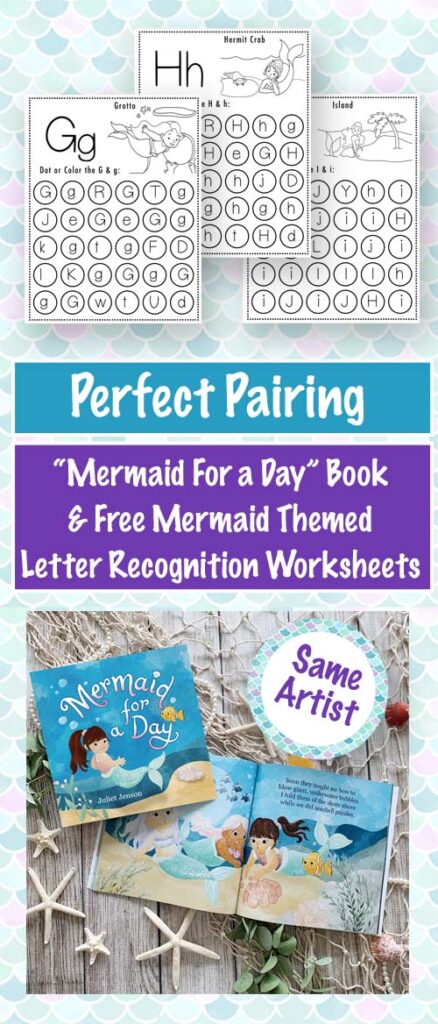
You may also be interested in:
- List of 70 Foods That Start With Letter N
- List of 50 Objects That Start With Letter N
- Letter N is for Noodles Craft
- Letter N Tracing Worksheets (Free Printable) Mermaid Themed
- Letter N "Do A Dot" Worksheets (Free Printable) Mermaid Themed
- Letter N Tracing Worksheets (Free Printable) Dinosaur Themed
- Letter N Tracing Worksheets (Free Printable) Halloween Themed
- Letter N "Do A Dot" Worksheets (Free Printable) Halloween Themed
- Letter N Coloring Worksheet (Free Printable) Halloween Themed
- Letter N Color By Letter & Coloring Worksheet (Free Printable) Valentine Themed
- Letters A-Z Resource Page
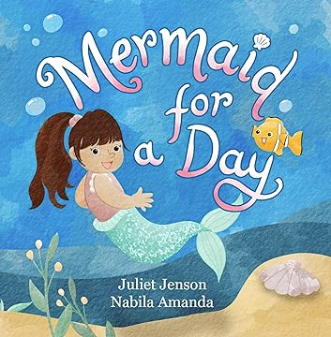 |
 |
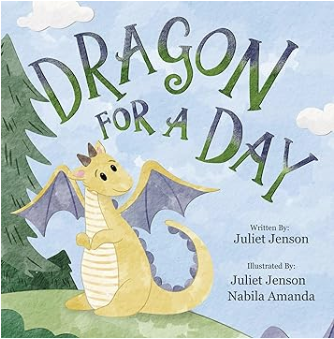 |
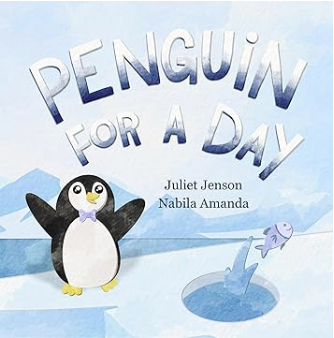 |
|---|---|---|---|
| Mermaid For A Day | Dinosaur For A Day | Dragon For A Day | Penguin For A Day |
| A kind girl becomes and mermaid for a day and plays underwater games with other mermaids including seaweed hide and seek, swimming with dolphins, and exploring sunken pirate ships. | A kind boy gets his with to become a dinosaur for a day. He plays games with other friendly dinosaurs including coconut soccer, building a fort, and throwing stones into a volcano to make lava splash. | A kind boy gets his wish to become a dragon for a day. He spends the day playing with other friendly dragons. They fly together, squish clouds until it rains, make s’mores with their fire breath, and more. | An honest boy gets his wish to become a penguin for a day. He spends the day playing games with other friendly penguins including hockey, having a snow ball fight, fishing, and so much more. |
Mermaid For A Day Preview




Educational Activities for Kids
Homeschool Resources

